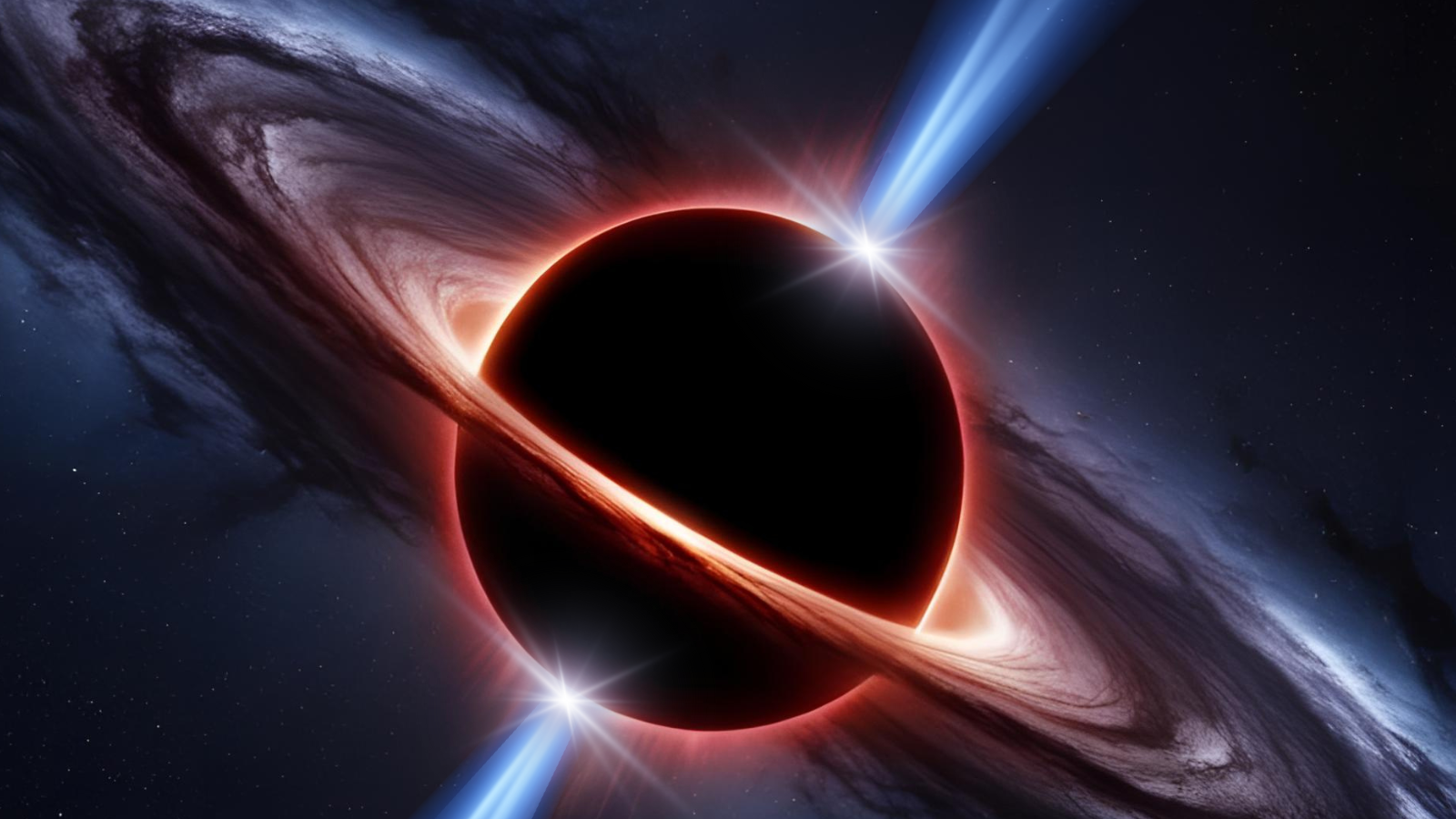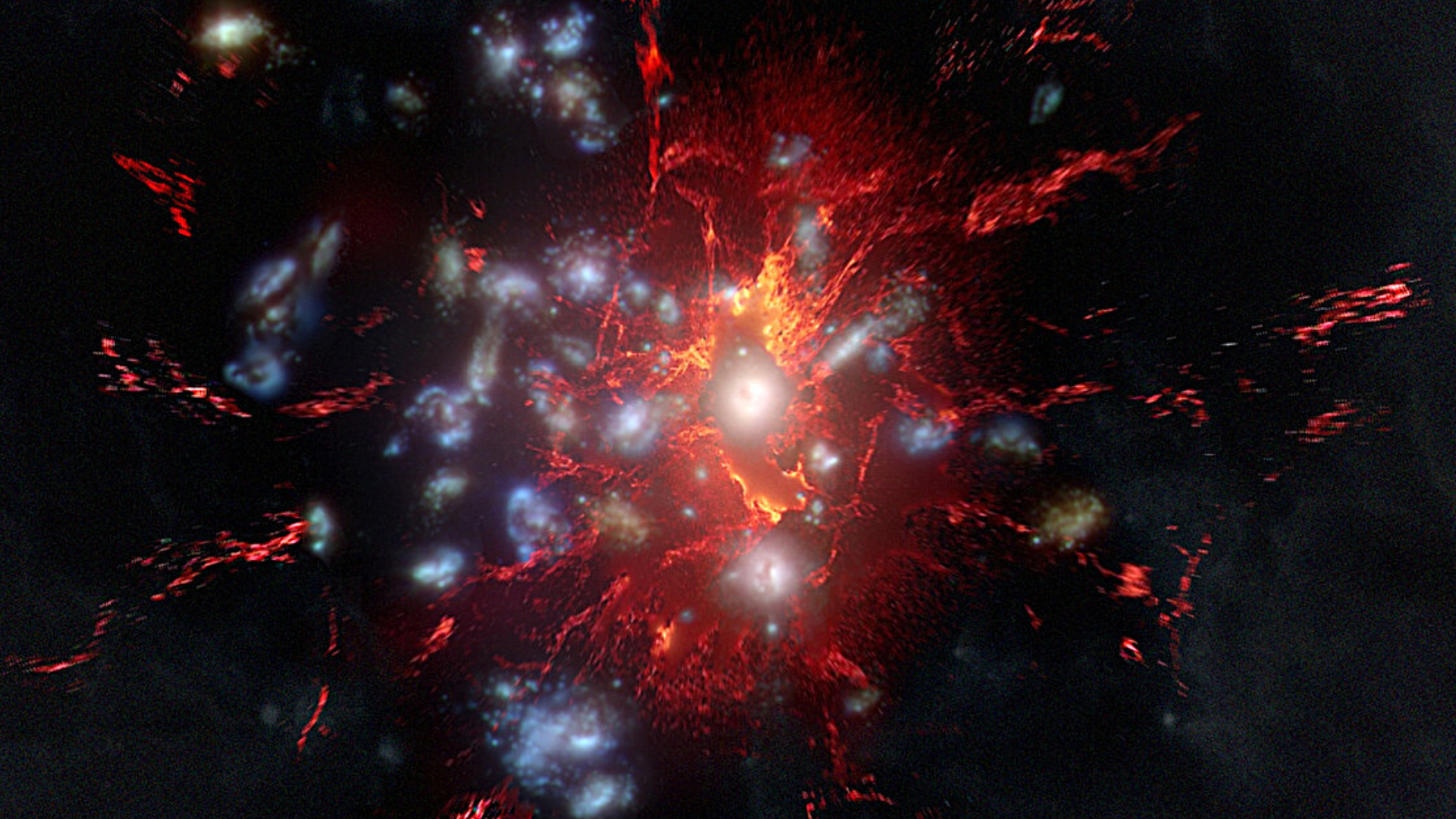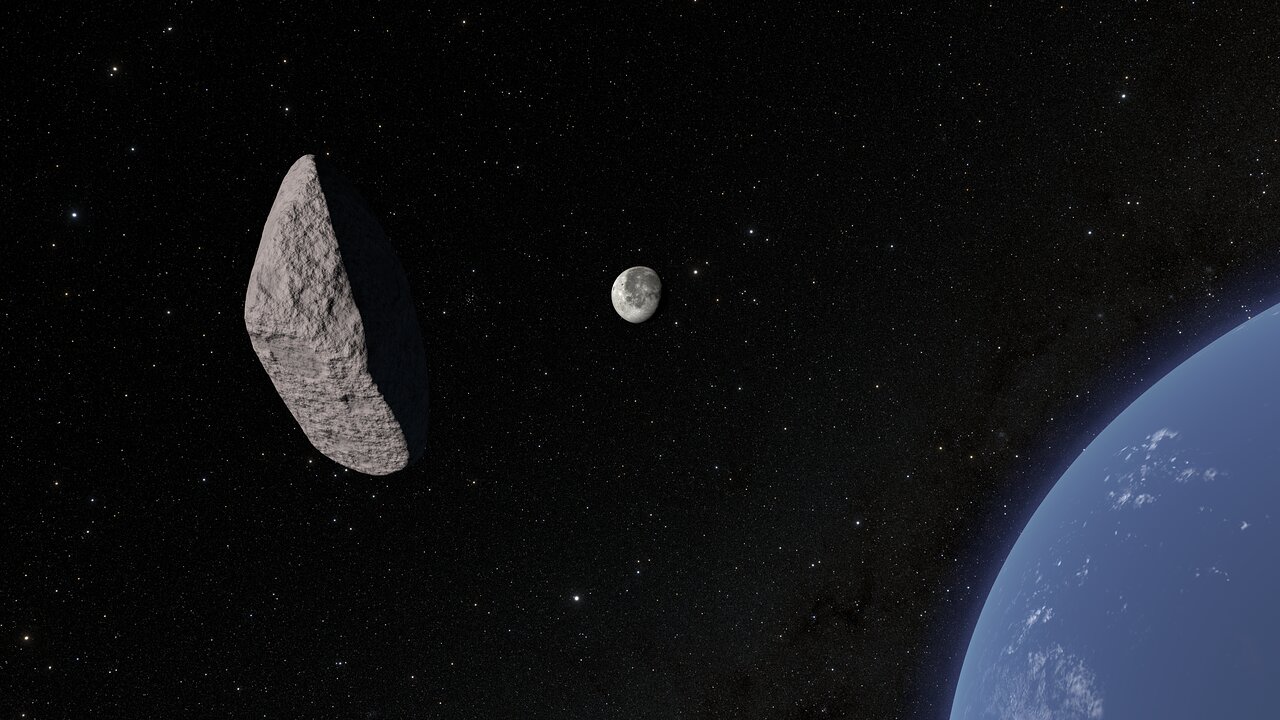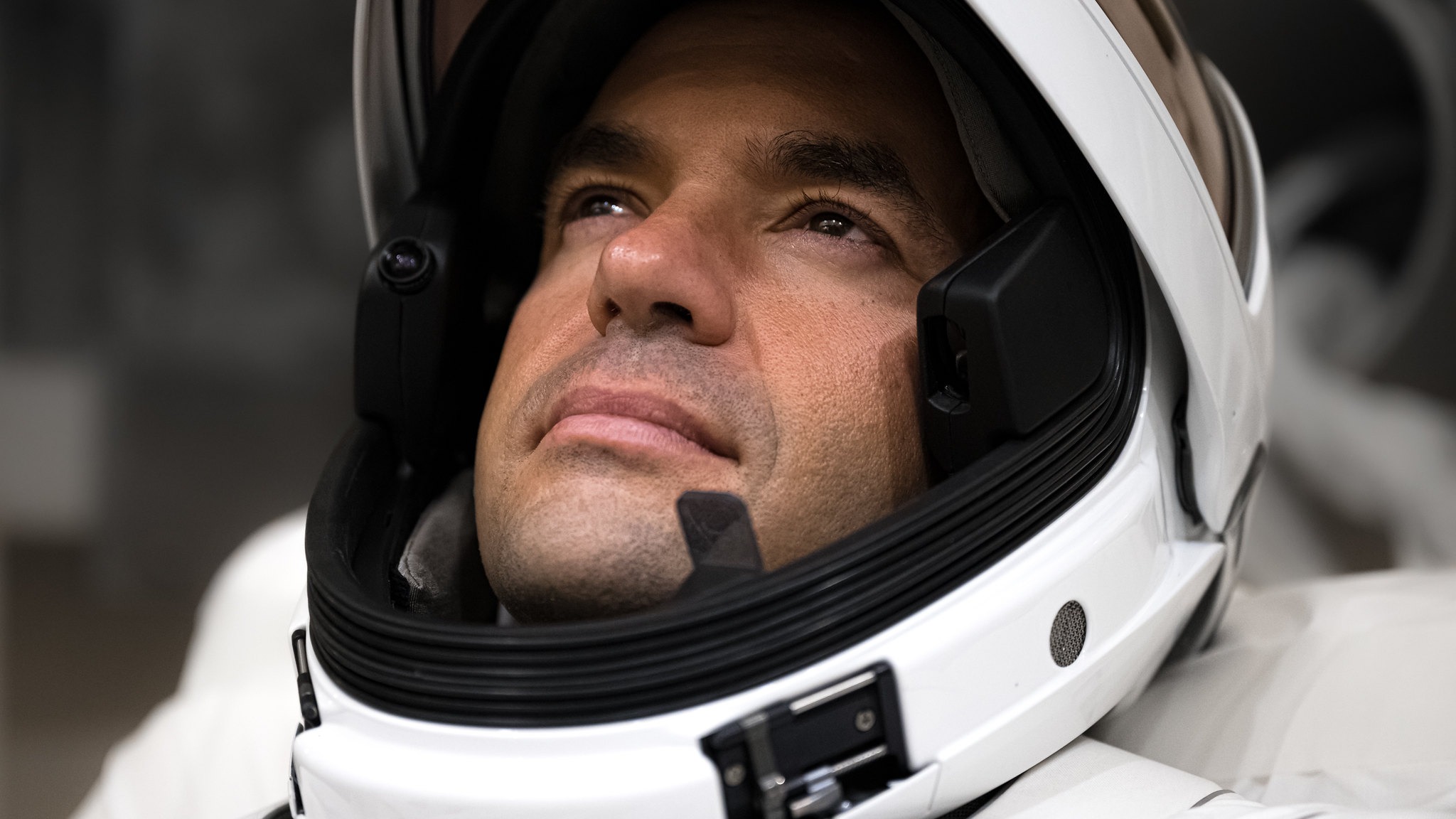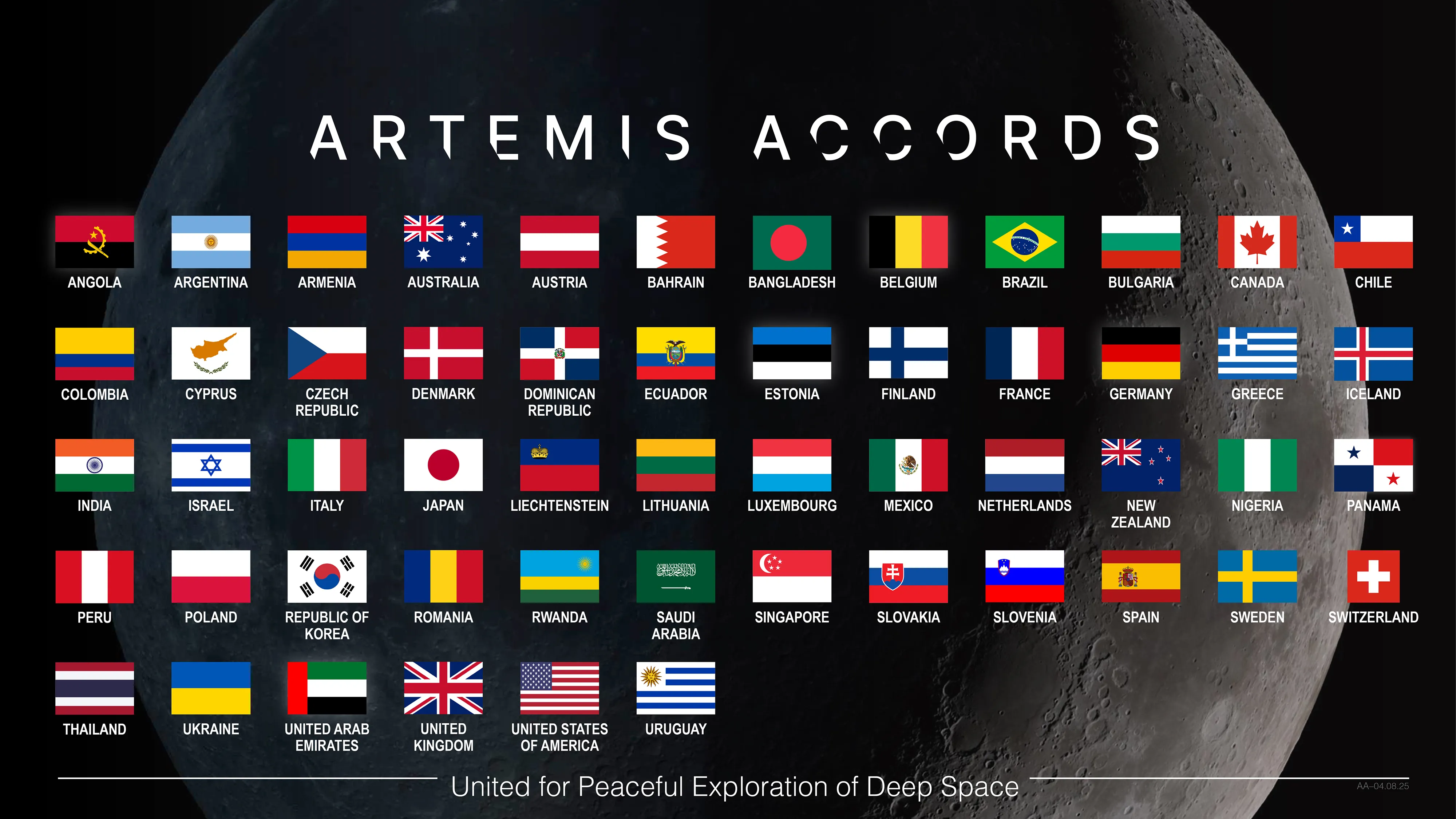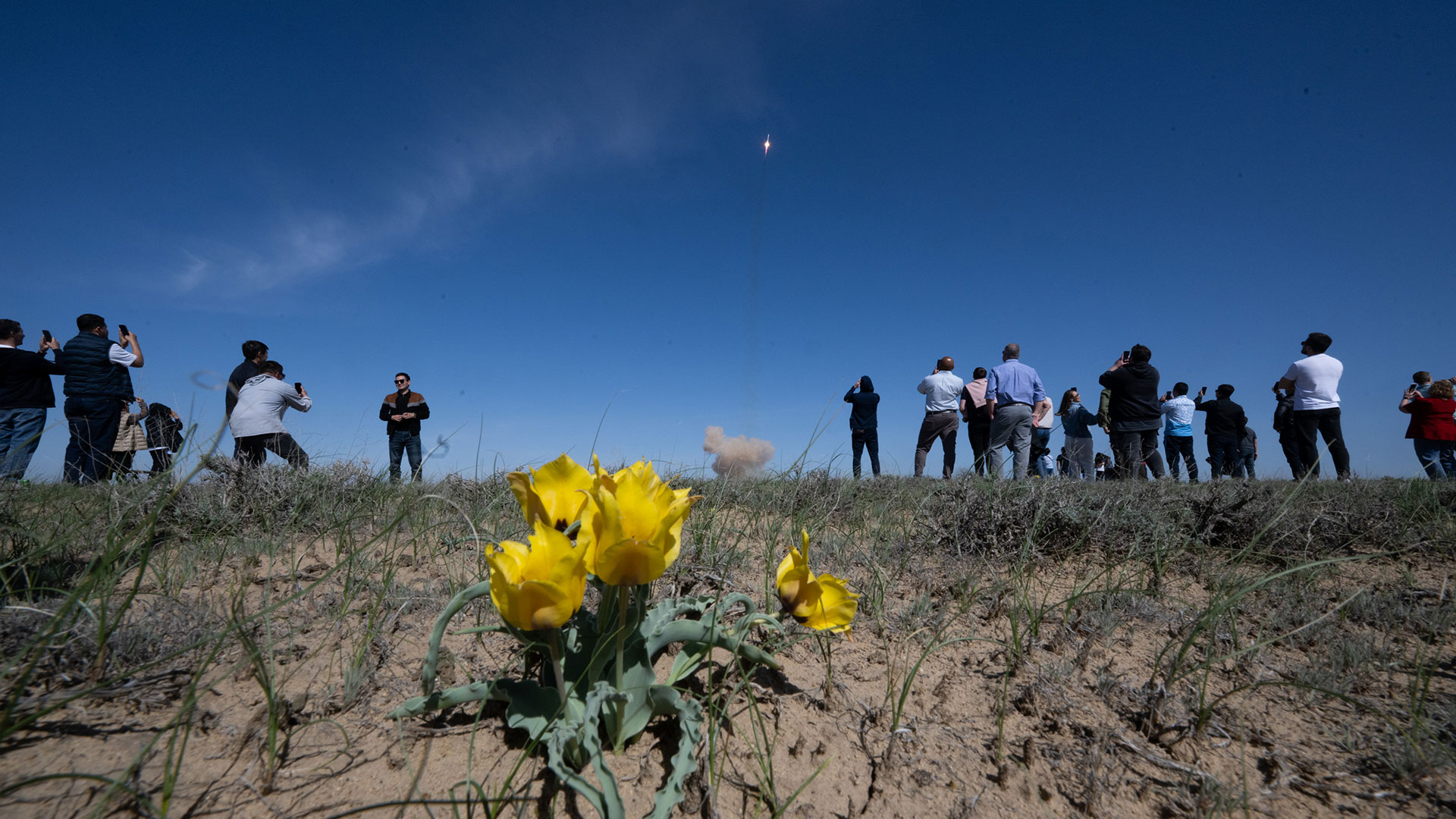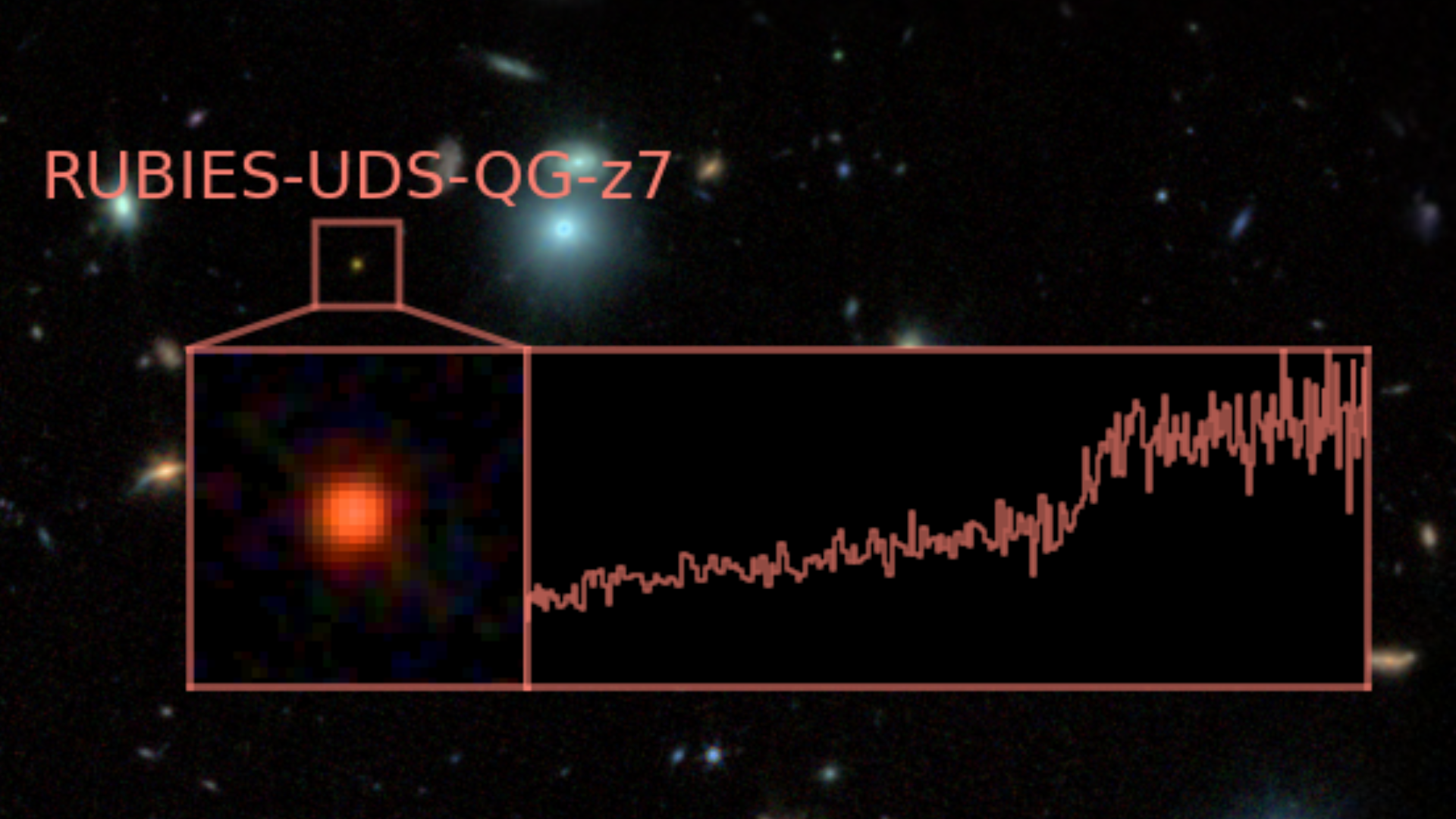California's Still-Growing Thomas Fire Spews Brown Smoke in NASA Image
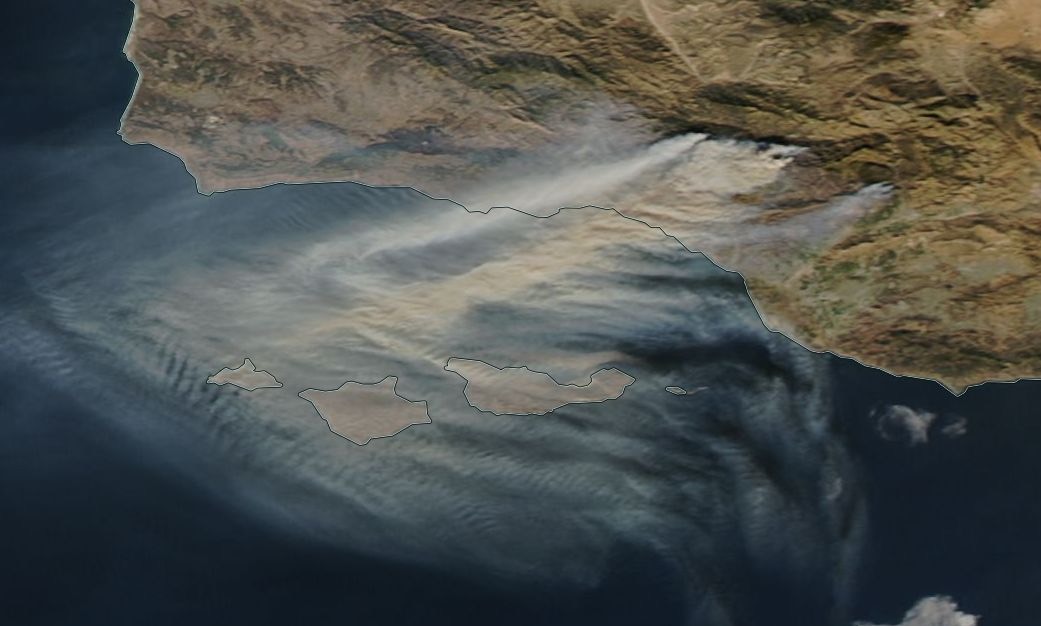
A NASA satellite captured an image showing a thick curtain of brown smoke billowing from the Thomas Fire in Southern California yesterday (Dec. 14).
The image shows the smoke blowing offshore, easily covering Channel Islands National Park, Santa Rosa Island and even San Miguel, a small island nearly 50 miles (80 kilometers) offshore from Santa Barbara.
The image, taken by NASA's Aqua satellite, shows what is now California's longest-running red-flag fire since the state began keeping records in 1932. As of today (Dec. 15), the red-flag warning has been running for 12 days. The warning means that conditions are hot, dry and windy — the perfect recipe for wildfires. [Wildfires Blaze in Northern California (Photos)]
The Thomas Fire started near Thomas Aquinas College in Ventura County on the evening of Dec. 4, and has since burned 252,000 acres (102,000 hectares). It's only about 35 percent contained, according to Cal Fire. If the fire grows another 2,000 acres (809 hectares), it will be the third biggest fire in California history, according to NASA.
In just 11 days, the fire has destroyed nearly 1,000 structures and damaged another 218. It also led to the death of one firefighter ― apparatus engineer Cory Iverson, age 32, according to The Los Angeles Times. Thus far, more than 8,300 people, 1,012 fire engines, 32 helicopters and 78 dozers are helping to fight the fire, according to Cal Fire.
There aren't any signs of relief, either. There are high winds, with gusts up to 40 mph (64 km/h) in Santa Barbara, and 55 mph (88 km/h) in Ventura County. There is also low humidity continuing through Saturday evening (Dec. 16).
"These conditions cause extensive fire growth, not to mention poor air quality due to smoke and ash in the area," NASA said.
Get the Space.com Newsletter
Breaking space news, the latest updates on rocket launches, skywatching events and more!
Original article on Live Science.
Join our Space Forums to keep talking space on the latest missions, night sky and more! And if you have a news tip, correction or comment, let us know at: community@space.com.

Laura is an editor at Live Science. She edits Life's Little Mysteries and reports on general science, including archaeology and animals. Her work has appeared in The New York Times, Scholastic, Popular Science and Spectrum, a site on autism research. She has won multiple awards from the Society of Professional Journalists and the Washington Newspaper Publishers Association for her reporting at a weekly newspaper near Seattle. Laura holds a bachelor's degree in English literature and psychology from Washington University in St. Louis and an advanced certificate in science writing from NYU.

